How Microbiology contributes to the Pharmaceutical Industry?
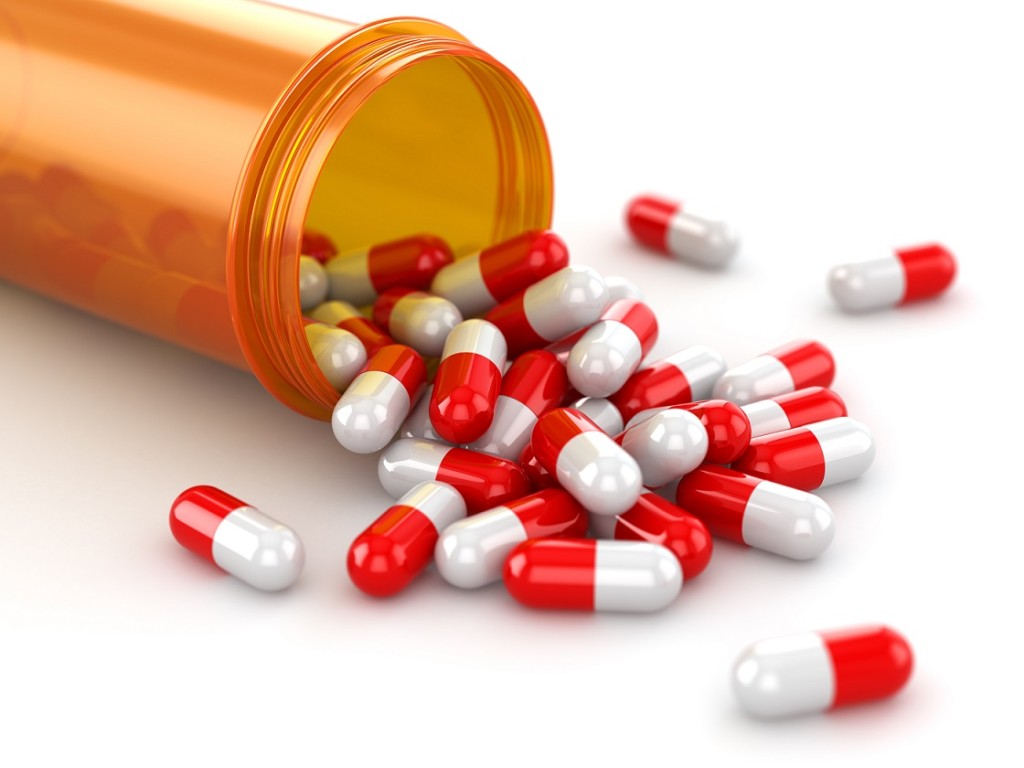
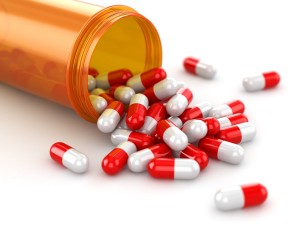
The most important contribution of microbiology to the pharmaceutical industry is the development of antibiotics. All antibiotics were originally the products of microbial metabolism, however the recent genetic manipulations have enabled the production of more enhanced drugs.
Vaccines are also a very important contribution of microbiology towards development of drugs. The production of vaccines against bacterial diseases usually requires the growth of large amounts of bacteria. Steroids can also be obtained from microorganisms.
Apart from drugs and bio products development, microbiology contributes towards quality control of a pharmaceutical laboratory. Prevention of microbial contamination of drugs, injectables, eye drops, nasal solutions and inhalation products is undertaken following pharmacopeial guidelines.
Microbiological Test Methods
Microbiological tests for pharmaceuticals fall into several categories.
The Growth Promotion test
The growth promotion test is an important quality control function in the pharmaceutical industry. It is imperative for establishing the ability and nutritive property of any media used to support growth when the inoculum contains a small number of microorganisms.
Sterility Testing.
Sterility testing is done on wide range of pharmaceutical products as parental preparations, ophthalmic & other non-injectable preparations, bulk solids and liquid solutions, antibiotic solids, and medical consumables and devices.
Microbial Limits Test
This test is used to estimate the total number of viable microorganisms or specific pathogens present in pharmaceutical products as tablets, capsules, oral suspensions, injectables, ophthalmic and nasal solutions and other medical devices.
It is based on the principle that any viable microbial cell present in a sample will produce a single colony when provided with a growth medium and favourable growth conditions.
The enumeration of these colony-forming units (cfu) gives an estimate of the microbial population of the product. The microbial content of the product includes the total bacterial count (TBC), total yeast and mold count (TYMC). These tests are mandatory for the release of drug products.
Bioburden Testing
Bioburden of raw materials and finished pharmaceutical products helps to determine whether the product complies with the requirements of the US Pharmacopeia. Bioburden is the total number of microorganisms present on a product prior to sterilisation.
Water Testing
Water is one of the major commodities consumed by the pharmaceutical industry. Total viable count is studied to rule out microbial contamination. Tests for presence of coliforms, E. coli and any other pathogens as Pseudomonas sp. Clostridia, Salmonella, Staphylococcus etc.are performed.
Bacterial Endotoxin (LAL Testing)
Endotoxins are natural compounds released by the cell wall of gram negative bacteria that are potentially toxic to humans. This material is pyrogenic (causing high fevers in humans). The test for bacterial Endotoxin is used to detect or quantify endotoxins using Limulus Amoebocyte Lysate (LAL) which is an extract of blood cells from the horseshoe crab (Limulus polyphemus)
Drug quality and safety is the most important aspect of microbiological testing pharmaceutical products. The presence of any pathogenic bacteria, yeasts, moulds or bacterial toxins produced by microorganisms is strictly regulated to ensure prevention of any risk.
Points to remember
- Microorganisms are used in the production of antibiotics, vaccines, steroids, etc…
- Microbial testing of pharmaceutical products is strictly followed as per pharmacopeial guidelines.
- Growth promotion tests establish the potential of any media to support growth when the inoculum contains a small number of microorganisms.
- Microbial limit testing and sterility testing are used to identify the microbial load of the product.


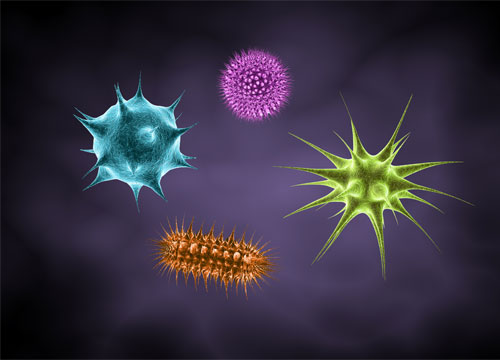
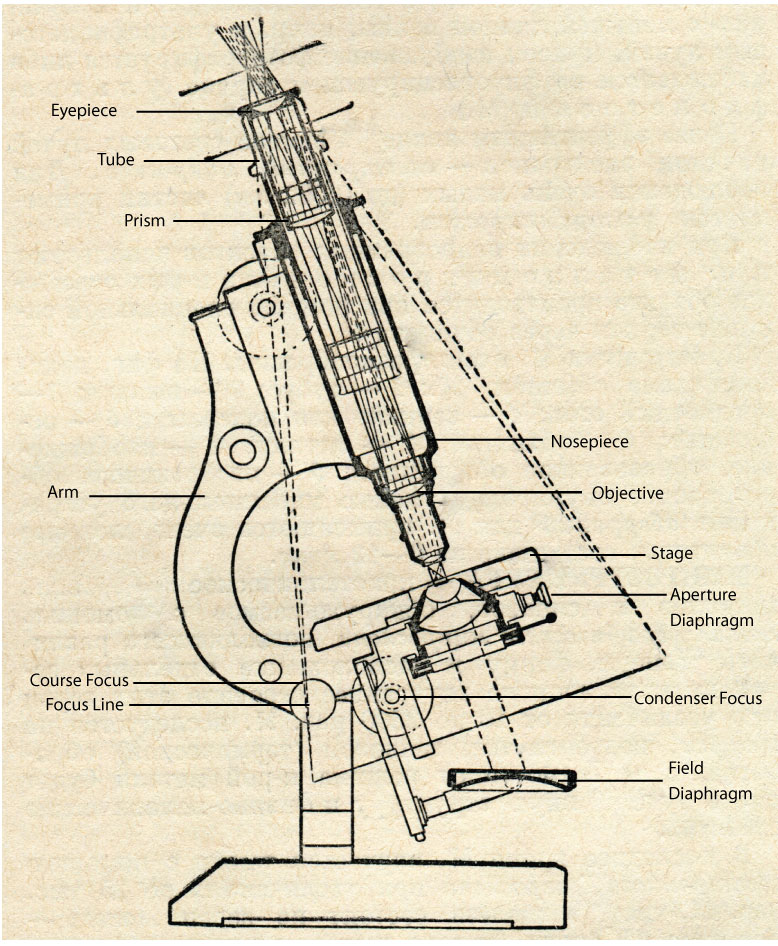
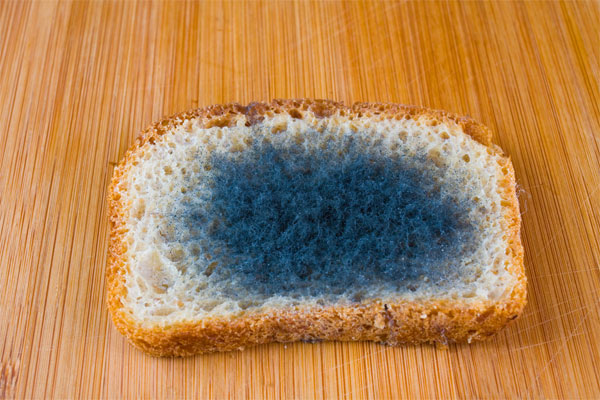
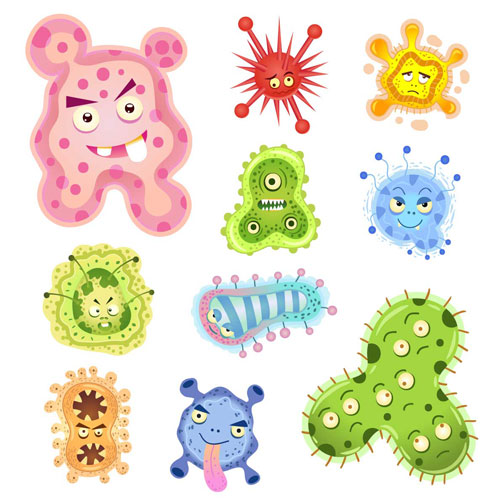
Fantastics! Please, I have desiring to go into vaccine production, I mean to study my masters in pharmaceutical microbiloogy. My area of specialization is clinical chemistry(medical laboratory science, Nigeria). I have 3.1 GP, the 2nd class lower division. And I want do my masters in pharm. Microbiology as I wan to be producing vaccines.
We absolutely love your blog and find the majority of your post’s to
be just what I’m looking for. Would you offer guest writers to write content available for you?
I wouldn’t mind creating a post or elaborating on a
lot of the subjects you write with regards to here.
Again, awesome website!
Yes, We would welcome contributions
Please be in touch with my colleague shanu [email protected]
Thanks & Regards !!
Nice
Easy way to understand
Thanks
I am currently a 400 level microbiology student in the university of Lagos. I am in dire need of a seminar topic about pharmaceutical microbiology. All my topics of interest already exist. Please any suggestions for a new topic?
Hello sir its me Sharada Panthi from Nepal. I am also student of biotechnology. With the hope that you will help me to provide knowledge about this field .
I find this so helpful
Thank you for your feedback! If you have any questions or need further assistance, feel free to reach out. We’re here to help!